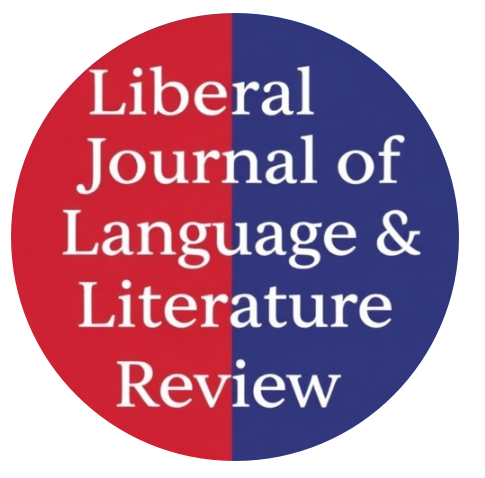A Morpho-Phonological Study of Inflectional Morphemes in English: The Case of Pakistani ESL Learners
Abstract
This study investigates the morpho-phonological patterns of inflectional morphemes in English as produced by Pakistani ESL learners, focusing on short stories "Button, Button" by Richard Matheson and "Clearing in the Sky" by Jesse Stuart. Utilizing Chomsky and Halle’s (1968) generative phonology framework, the analysis examines assimilation processes influencing pronunciation. Results reveal that progressive assimilation, where the final phoneme of a base word shapes the articulation of inflectional morphemes, is predominant. For instance, voiced consonants in words like "eye" (/aɪ/ → /aɪz/) and "halve" (/hɑːv/ → /hɑːvz/) trigger voiced realizations of the plural morpheme "-s," while voiceless consonants in "chop" (/tʃɒp/ → /tʃɒps/) and "moment" (/ˈməʊmənt/ → /ˈməʊmənts/) result in voiceless articulations. Similar patterns occur with possessive "-'s" and third-person singular "-s" morphemes. These findings underscore the importance of understanding phonological assimilation for Pakistani ESL learners to achieve accurate pronunciation and natural speech. The study offers insights for educators to design targeted pronunciation curricula addressing these morpho-phonological challenges.



